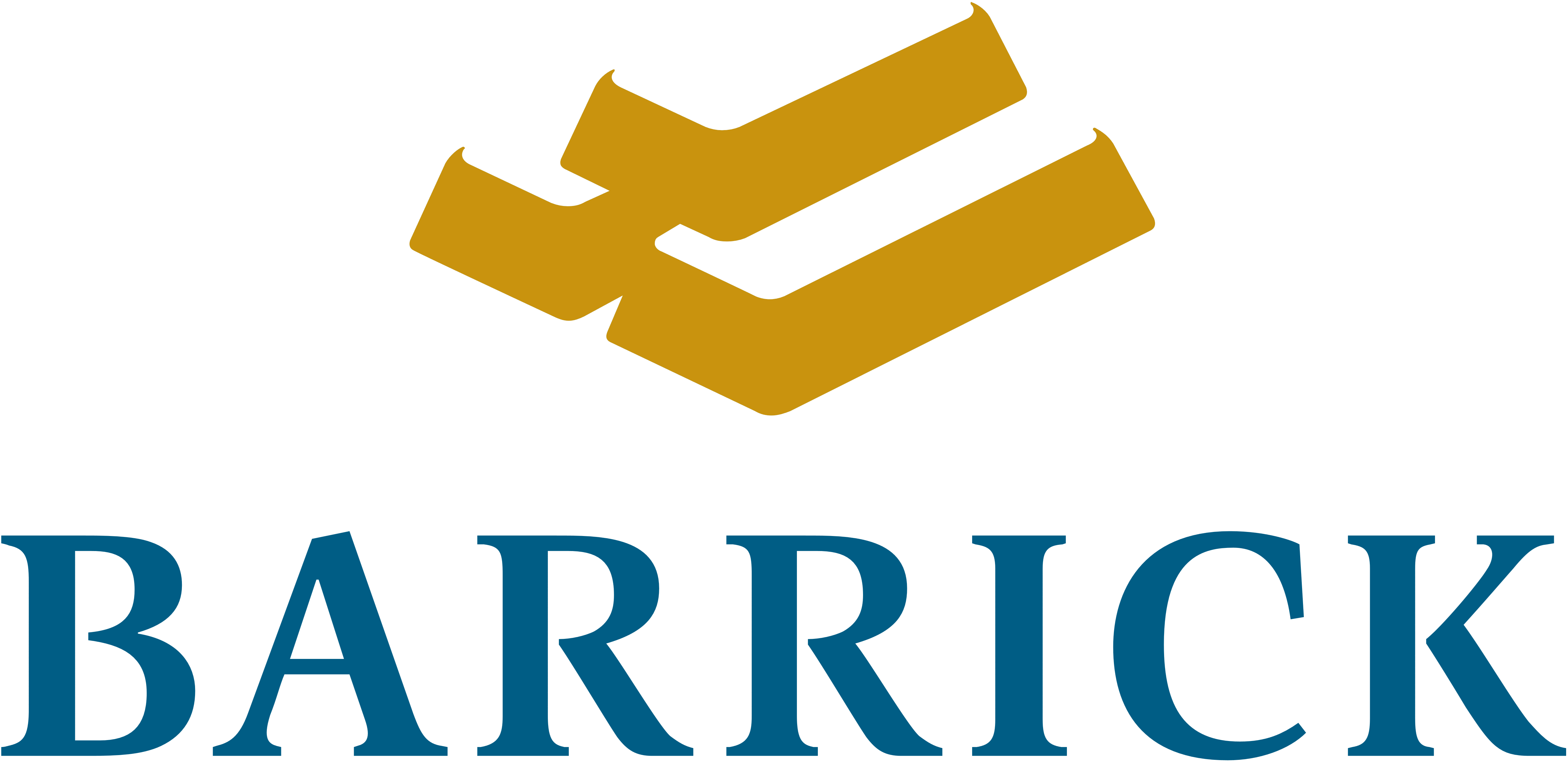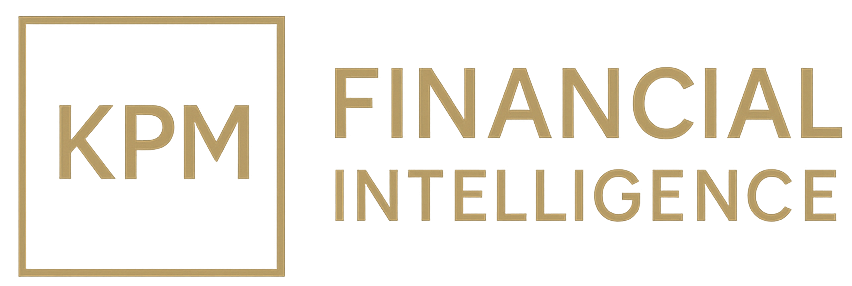Barrick Gold Exits Côte d’Ivoire in USD 305 Million Portfolio Realignment
Barrick Gold (NYSE: GOLD) sold its Tongon Mine in Côte d’Ivoire to Atlantic Group for up to USD 305 million. The move trims risk exposure and refocuses capital on Tier 1 assets as gold trades near USD 3,930/oz (COMEX: GC=F), redefining how majors price jurisdictional risk.

Barrick Gold (NYSE: GOLD, TSX: ABX) has agreed to sell its 89 percent interest in the Tongon gold mine in Côte d’Ivoire to Atlantic Group for up to USD 305 million. The structure includes USD 192 million in upfront cash — a figure that already covers repayment of a USD 23 million shareholder loan — plus as much as USD 113 million in contingent payments tied to future gold prices and reserve conversion. Government approvals are pending, but the divestment already signals a decisive phase in Barrick’s reshaping of its African portfolio.
Tongon, producing roughly 140,000–150,000 ounces a year since 2010 for a cumulative 3.7 million ounces, has been profitable yet increasingly marginal within Barrick’s cost curve. Its all-in sustaining cost sits between USD 1,280 and USD 1,320 per ounce, well above the company’s global median near USD 1,150. With bullion near USD 3,950/oz (COMEX: GC=F) and miners’ equities such as Newmont (NYSE: NEM), Endeavour Mining (TSE: EDV), and Perseus Mining (ASX: PRU) trading near multi-year highs, Barrick is monetizing an asset that has limited expansion upside and rising community-engagement obligations.
Atlantic Group’s entry marks a rare local acquisition in a sector long dominated by multinational operators. The Ivorian conglomerate, better known for logistics and manufacturing, gains a strategic foothold in upstream mining as Abidjan pushes for stronger national participation. For Côte d’Ivoire — now West Africa’s second-largest gold producer after Mali — the sale underscores confidence in its mining code, which has remained stable since 2014. Still, continuity in environmental and community-development programs will be crucial to preserve investor confidence as ownership shifts.
Barrick frames the deal as part of a long-term reallocation of capital toward lower-risk, higher-margin assets such as Kibali in DR Congo and Nevada Gold Mines in the U.S. The company’s 2030 sustainability plan emphasizes lower-carbon, lower-water-intensity operations — criteria that favor jurisdictions with reliable power grids and tighter ESG oversight. Exiting Tongon therefore fits a broader strategy rather than a simple balance-sheet maneuver.
Market reaction has been steady. Barrick shares remain near USD 18.70 on the NYSE, up about 9 percent YTD, while the VanEck Gold Miners ETF (AMEX: GDX) is up 32 percent. Investors read the sale as portfolio discipline rather than retreat. By contrast, Atlantic Group’s unlisted status leaves its funding structure opaque; sources in Abidjan suggest a mix of local bank syndication and potential export-credit lines. For lenders, the test will be how quickly the buyer can sustain output and manage the cost base without Barrick’s technical backbone.
For global commodity markets, the transaction arrives during an uneasy equilibrium. Gold prices are hovering just below USD 4,000/oz amid a U.S. shutdown-driven flight to safety, while the Dollar Index (DXY: DX-Y.NYB) trades around 105.8 and the 10-year U.S. Treasury yield (US10Y: ^TNX) anchors near 4.35 percent. In this environment, frontier-market mining assets look less attractive despite record metal prices. The capital cost of risk hedging has risen: frontier sovereigns like Ghana’s 2032 Eurobond yield roughly 10.8 percent, Côte d’Ivoire’s 2033 around 8.5 percent, compared with Morocco’s 2032 at 5.2 percent. Investors now demand spreads that offset governance and infrastructure risk — a shift Barrick appears unwilling to subsidize.
Côte d’Ivoire still offers a comparatively stable fiscal anchor within UEMOA. Inflation is running below 3 percent, GDP growth exceeds 5 percent, and the CFA franc’s euro peg insulates the country from the volatility seen in Nigeria (USD/NGN ≈ 1,600) or Ghana (USD/GHS ≈ 15.2). For Abidjan, the challenge will be translating this macro stability into sustainable mine governance as more assets transition to local ownership. The Ministry of Mines has promised continuity in tax treatment and licensing, but regulatory delivery will now determine whether Tongon’s new chapter reinforces or undermines that credibility.
Regionally, the sale continues a trend of portfolio pruning among major resource houses. TotalEnergies (NYSE: TTE) and Chevron (NYSE: CVX) have both trimmed African upstream exposure in favor of Middle Eastern gas projects, while miners consolidate around fewer, higher-grade assets. The parallel is clear: in an era of expensive credit and activist ESG scrutiny, global companies are shrinking geographic risk even as commodity prices rise. This consolidation mirrors the oil sector’s adjustment to capital scarcity and policy pressure — a shift from volume to value.
The deal’s timing also intersects with renewed investor appetite for African equity credit. Côte d’Ivoire’s 2025 Eurobond (ISIN XS2433902114) trades near USD 98 with an 8.3 percent yield, implying moderate confidence despite global tightening. A successful closing could strengthen the narrative that African jurisdictions can absorb divestments without spooking markets — a signal rare outside South Africa.
Ultimately, Barrick’s exit from Tongon reflects a mature portfolio logic: sell late-life, mid-cost assets while the gold cycle remains favorable, and redeploy capital toward scalable, lower-risk regions. For Atlantic Group and Côte d’Ivoire, the transaction is a test of capacity — financial, technical, and regulatory. Success would validate the rise of regional industrial capital in Africa’s mining sector; failure would reinforce investor skepticism about local execution.
In an environment where bullion trades as a proxy for institutional trust, Barrick’s decision encapsulates the paradox of frontier mining in 2025: record metal prices, high global yields, and shrinking corporate risk appetite. The sale may close a mine, but it opens a template — how African assets can change hands without losing credibility in global capital markets.





